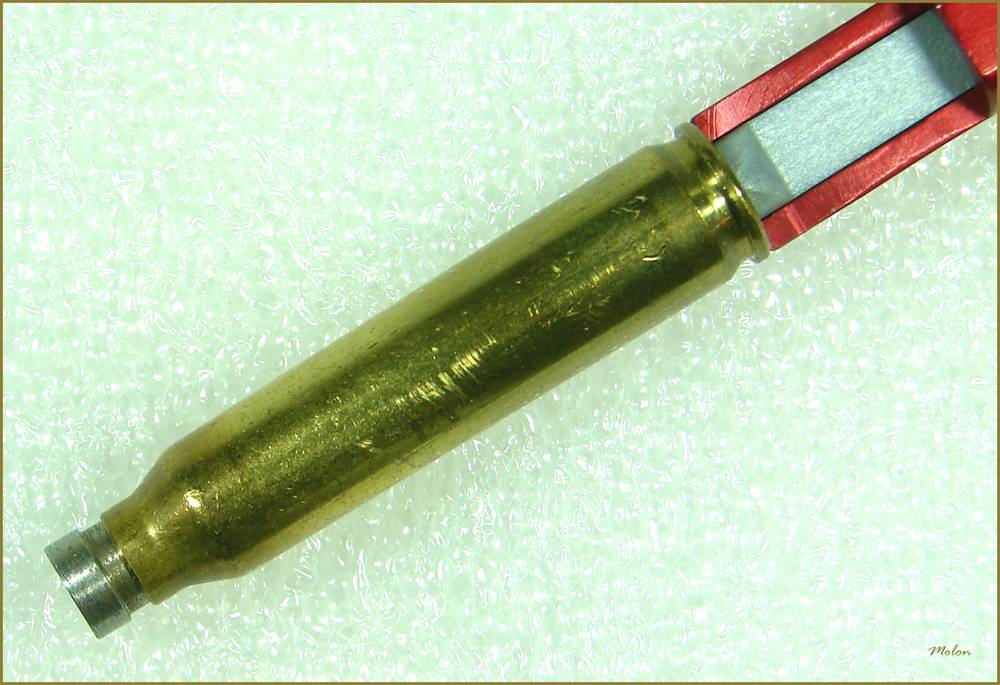Hello All,
I'm looking for some advise and opinions regarding case length variations and how important this is while reloading .223/5.56 on my Dillon XL750.
All my experience reloading has been on a Forster single stage on 6.5 creed and 300 win mag, so those cases were perfectly sized and trimmed as necessary but I now have 2000+ mixed brass I bought online to load.
I have already de-crimped, chamfered, cleaned and sized all brass using the Lee ultimate sizing die, after doing some random measuring some cases measure between 1.738 and 1.782, .022 longer than max spec for .223.
I imagine this would be an issue during seating and crimping, specially using the DAA seater/crimp die on the Dillon progressive press.
These rounds are specifically being loaded to fire out of a AR-15 platform during practice/carbine classes, I am using SS109 62 gr. bullets and Vihtavouri N540.
So my question: Is it necessary to trim all cases? and if so, to what length? spec or the shortest case I can find?
Is it worth putting even more time into this or is it necessary?
Thank you all for your time.
Regards
I'm looking for some advise and opinions regarding case length variations and how important this is while reloading .223/5.56 on my Dillon XL750.
All my experience reloading has been on a Forster single stage on 6.5 creed and 300 win mag, so those cases were perfectly sized and trimmed as necessary but I now have 2000+ mixed brass I bought online to load.
I have already de-crimped, chamfered, cleaned and sized all brass using the Lee ultimate sizing die, after doing some random measuring some cases measure between 1.738 and 1.782, .022 longer than max spec for .223.
I imagine this would be an issue during seating and crimping, specially using the DAA seater/crimp die on the Dillon progressive press.
These rounds are specifically being loaded to fire out of a AR-15 platform during practice/carbine classes, I am using SS109 62 gr. bullets and Vihtavouri N540.
So my question: Is it necessary to trim all cases? and if so, to what length? spec or the shortest case I can find?
Is it worth putting even more time into this or is it necessary?
Thank you all for your time.
Regards


